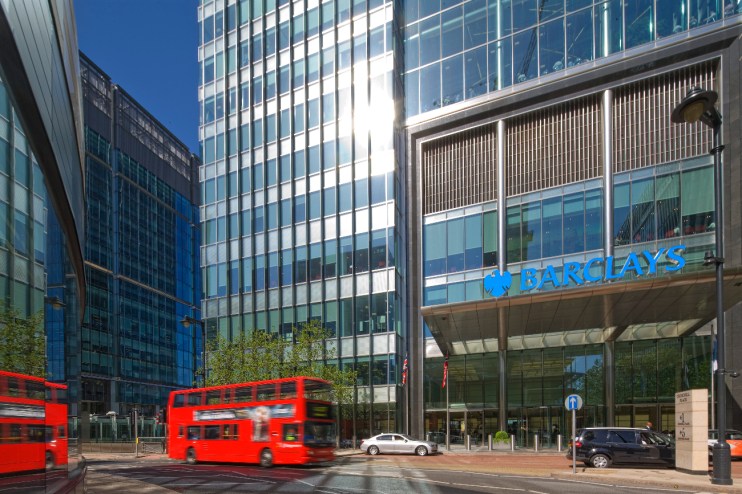Barclays plans to return £10bn to shareholders and cut £2bn in costs by 2026

Barclays has unveiled a drop in annual profits as the bank undergoes a sweeping restructuring designed to save £2bn in costs and return £10bn to shareholders by 2026.
It revealed on Tuesday that it would revise its corporate structure to comprise five new divisions, including retail banking, wealth management and investment banking.
The FTSE 100 bank is aiming to reduce costs by around £2bn by 2026. It plans to achieve a cost to income ratio of 63 per cent for 2024, down four per cent from last year, with plans for this figure to be in the “high 50s” by 2026.
Just days after high street rival Natwest posted its biggest annual profit since 2007, the fellow Big Four lender reported a pretax profit of £6.6bn for 2023, down from £7bn in 2022. This figure slightly undershot analysts’ estimates of £6.7bn for Barclays.
The bank has softened the blow with a roughly 37 per cent boost in total shareholder distributions for 2023 compared to 2022.
It announced £3bn in distributions for last year, including a total dividend of 8.0p and total share buybacks of £1.75bn – including the bank’s intention to launch a new buyback of £1.0bn.
Barclays also revealed today that it plans to award at least £10bn to shareholders over the next three years.
The news sent shares up 5.6 per cent to their highest level since October on Tuesday morning.
Britain’s biggest banks have benefited from a jump in net interest income (NII) – the difference between what a bank pays out to savers and receives in interest from loans – since late 2021 as the Bank of England hiked borrowing costs in an effort to slow down inflation.
Barclays posted a NII of £12.7bn for 2023, up 20 per cent from £10.6bn in 2022. Its UK arm saw income grow five per cent to £7.6bn.
However, earnings were hit by £927m in operating costs tied to the bank’s biggest cost-saving drive since the financial crisis, first announced last October. Analysts had expected the restructuring charge to come in at £825m.
Barclays’ net interest margin stayed resilient between the third and fourth quarters, growing 0.03 per cent despite a likely peak in UK interest rates and mounting pressure to offer savers better deals.
The group’s full-year earnings were dragged down by Barclays’ investment bank, which suffered from a slump in dealmaking and capital markets activity in 2023. The business posted a 12 per cent decline in fees year-on-year in the fourth quarter at £2.0bn.
Total income from Barclays’ Corporate and Investment Bank division came in at £2.4bn in 2023, down from £2.6bn the year before.
Many investors have urged Barclays to ditch its global investment bank entirely, with the business relatively small compared to the dominant Wall Street firms and often seen as a volatile revenue source.
Chief executive CS Venkatakrishnan is due to reveal more details on the bank’s new strategy in a four-and-a-half-hour presentation later today.
The restructuring has already seen Barclays axe 5,000 jobs from its 84,000-strong workforce last year in a bid to “simplify and reshape the business”.
Venkatakrishnan – known to colleagues as “Venkat” – is trying to boost the bank’s struggling share price and diversify its revenue stream by growing income from wealth management and retail banking.
Barclays announced earlier this month that it had inked a deal with Tesco to buy most of the supermarket’s retail banking operations for £600m and transfer around 2,800 staff.
Meanwhile, it was reported last week that Barclays was exploring a bid for Societe Generale’s UK private bank as part of efforts to grow its position within the wealth management sector.
“In 2023 Barclays delivered solid performance against a mixed macroeconomic backdrop, meeting its financial targets,” said Venkatakrishnan on Tuesday.
“Our new three-year plan, which we will be announcing at the investor update today, is designed to further improve Barclays’ operational and financial performance, driving higher returns, and predictable, attractive shareholder distributions.”